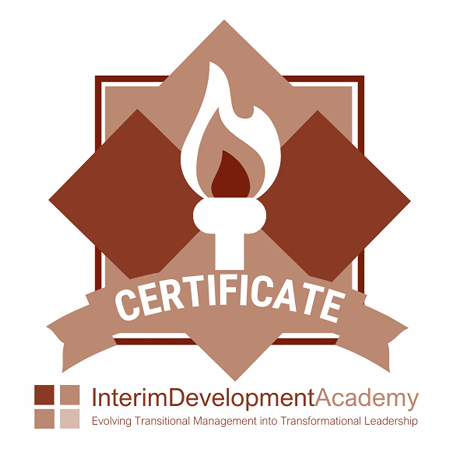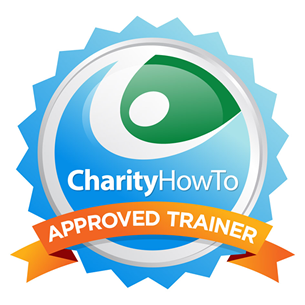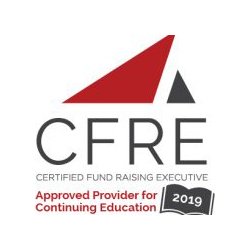Development audit after development audit of small- to mid-sized organizations reveals that while donor retention remains a critical issue there is also another that is equally as important. Far too many groups are not focusing their fundraising efforts on wide-scale donor acquisition efforts. As a result, many are witnessing stagnant yearly returns or, even more alarmingly, consistent declines.
Gone are the days of list acquisitions and swapping of mailing lists. Today, there are much more effective and cost-efficient strategies with higher returns. Groups need to be willing to embrace them to see increasing returns on the health of their development programs.
Consider these options when thinking about how to acquire donors for our nonprofit organization:
1) Know your Google analytics to determine how many actual visitors you have to your website. You may just be surprised at how many uncaptured leads that you have. The question is, do most fundraisers know their website analytics? And, do they even realize the potential of this source of prospects for acquisition purposes?
2) Consider moving beyond social posting to targeted social advertising. In this age of Google grants and inexpensive Facebook, Instagram, and Twitter targeted advertising, one can drive traffic from what is a primary relationship-building platform to an organization’s website. Social media sites are for relationship building. They are not places where individuals go first to seek out information about a cause or to make a donation. Surely, we should be looking at social networks as a “cultivation” and “relationship-building” tool in the same sense that we do offline.
3) Once you drive traffic off of your social site, then you need to “capture” them on your website. Very rarely will folks sign up on first glance. You need to develop a vehicle that will capture their interest and engage them in your organization. Common ways of doing this are through online petitions, surveys relating to your cause, product or item distribution, or even a donate “call to action.”
4) Once you capture their names, then you need to continue to cultivate them online. Far too often, I see groups that end here. Whether the medium in which you capture their information is a survey or a petition, I highly recommend that you create a customized donor stewardship engagement series. This series would consist of a string of emails tailored to respond to the engagement medium. This engagement series of emails would continue for a definite period.
5) The culmination of this email cultivation series must be with the aim of converting to donors. Once a gift has been made, this segment of donors gets placed in a customized stewardship engagement stream of emails. Those that do not convert must be engaged separately.
6) For those non-converters, I do not recommend that you “give up” on engagement. I recommend that you keep “speaking” to them by sending them your regular e-news updates and existing appeals.
7) You can further follow-up on these non-converting prospects by perhaps a series of telephone calls aimed at further conversion.
The whole premise is that you are taking prospects from a highly relational, social mode of networking through targeted advertising to an engagement vehicle that works to capture their contact information and form of identifying preferences. Once they have been “identified,” you can then place them in a highly specific cultivation engagement stream of emails and communications over several weeks aimed to convert them to supporters.
You can drive people to your website, but you can’t force them to give. You must cultivate that relationship like you would with any offline prospect.
The aim is to keep sharing and inviting to support the organization.
While some groups focus on targeting ads that may drive interested prospects to their website and may capture their information, they fail at the back-end to provide the highly specific, segmented cultivation engagement series that works to convert these prospects into donors. One should not ignore these prospects, or else these donor acquisition efforts will fail.
Photo by Helloquence on Unsplash.
For a free, 30-minute consultation, or to learn more about our “Survive and Thrive” professional coaching services, visit us here at www.hireacfre.com or book your fundraising coaching session at http://calendly.com/developmentconsultingsolutions/30min.
Join my new nonprofit “tribe” who are surviving and thriving! Click HERE to join my private Facebook group: Nonprofit Survive and Thrive Mastermind and receive support and inspiration to drive your results.











Leave a Reply
Want to join the discussion?Feel free to contribute!